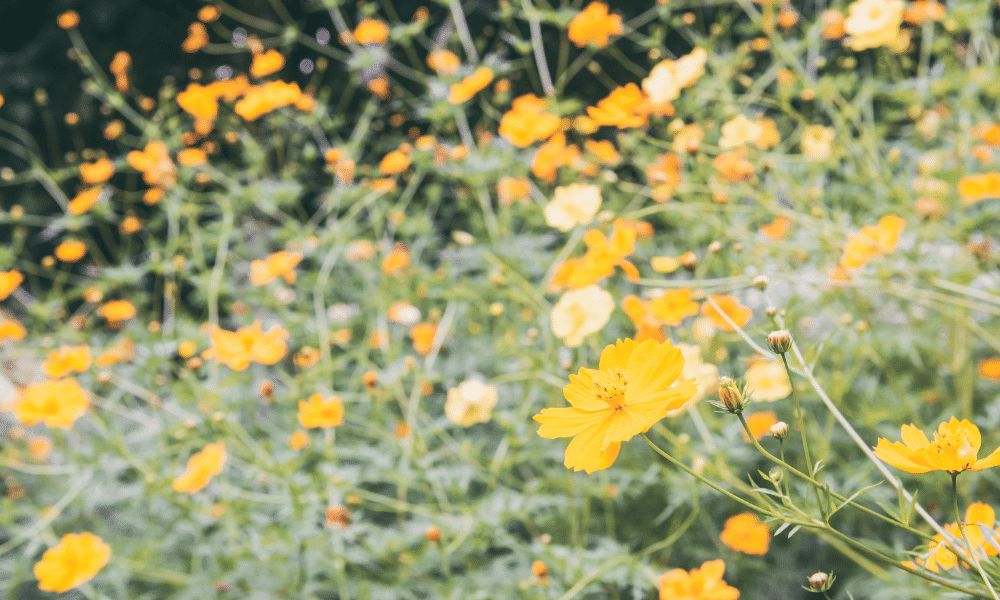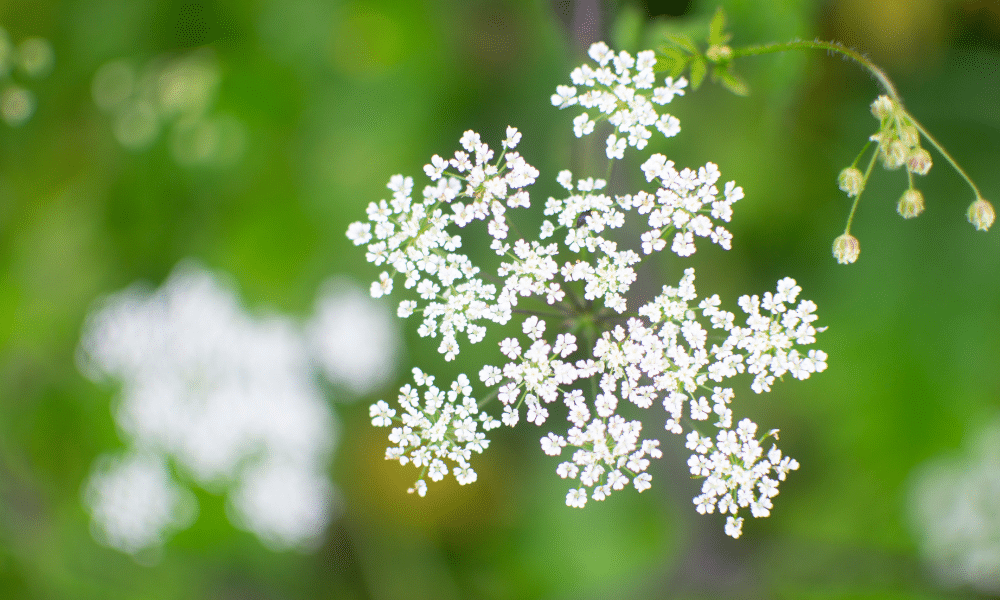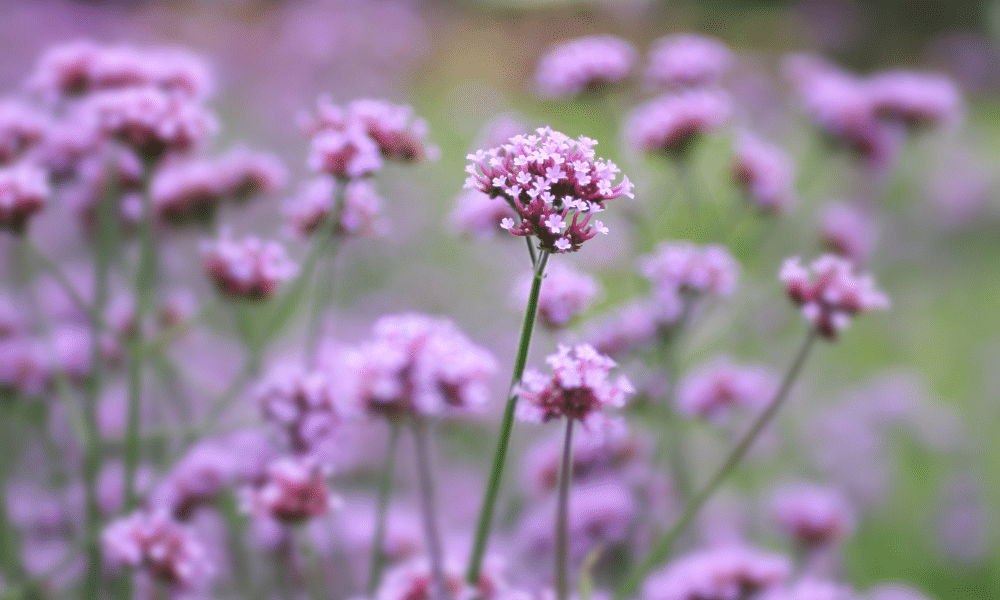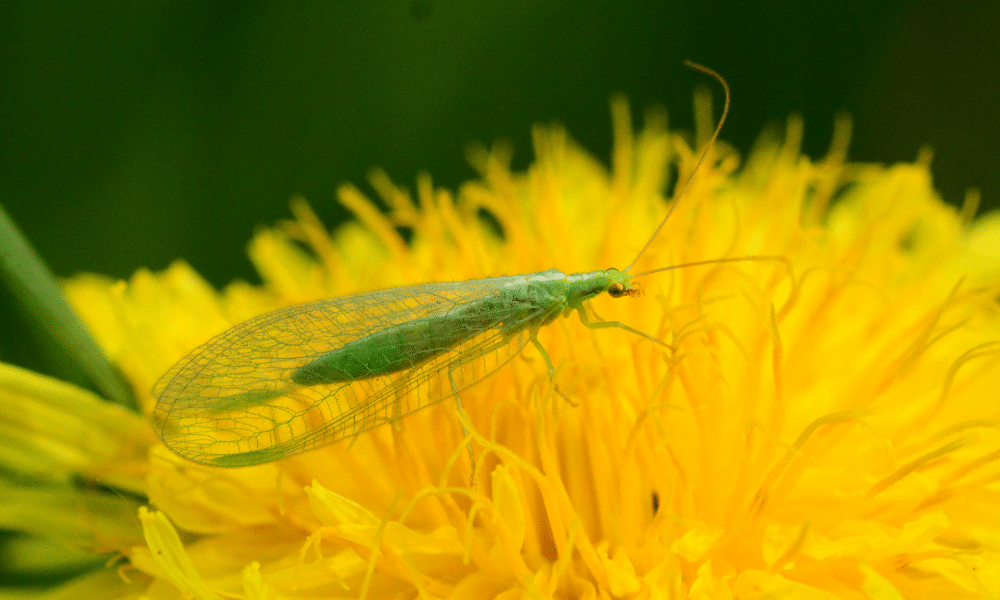Lacewings are beneficial insects to encourage in your gardens. Adult lacewings will help pollinate your plants, but lacewing larvae will help keep the pest population under control in your garden. One of the best ways to attract them is with plants. But, what plants attract lacewings?
Lacewings are attracted to a range of plants. Lacewings prefer tall grass, native flowers and perennials with open, flat flower heads. They also need leaves to lay their eggs.
Knowing this, it is easy to see that you should plant certain flowers and plants that appeal to lacewings. But, what plants attract lacewings? Below, you will find a list of plants that lacewings are drawn to and how to plant and care for them:
Aster Family Plants
Plants in the aster family are flowering perennial plants and shrubs. Since adult lacewings eat pollen and nectar, it is no surprise that these plants, with their bright and welcoming flowers, are attractive to lacewings.
Plants in the aster family usually bloom continuously throughout the season. This makes them a great food source for adult lacewings.
Plant your aster family plants in full sun, at least 4-6 hours of sunshine is needed for the fullest blooms. Flowering plants in general are sun-loving, so be sure that your aster plants get enough sunshine. Once your aster plants are established, water every few days depending on the heat and weather.
Here is a short list of aster family plants that have been known to be attractive to lacewings.
- Bacharis
- Coreopsis
- Cosmos
- Cup Plant
- Daisy
- Dandelion
- Feverfew
- Golden Marguerite
- Goldenrod
- Heliopsis
- Sunflower
- Yarrow
- Yellow Coneflower

Parsley Family Plants
Plants in the parsley family are another favorite for lacewings. These plants do not flower, but lacewings love to hang out on their long foliage. These herbs also are very fragrant, drawing lacewings in from a distance.
You can plant herbs from the parsley family in pots or in the ground. These herbs double as a food source that you can incorporate into your kitchen! If you plant these in a pot, be sure to water daily.
You will want to make sure your plants are potted in pots that have a good amount of drainage holes so the roots do not get water logged. Soggy soil can lead to root rot in potted plants.
Plants in the parsley family do not require full sun, and even benefit from bright, indirect light, making them perfect for growing on patios or in a semi shady spot under trees or shrubs.
Here are a list of plants from the parsley family that lacewings seem to really love:
- Angelica
- Anise
- Caraway
- Coriander
- Dill
- Queen Anne’s
- Lovage

Other Plants That Attract Lacewings
There are hundreds of plants and herbs you can choose to plant that will attract lacewings, so do not feel like you have to stick to parsley or aster family plants.
While these types of plants seem to be favourites of lacewings, the adults feed on nectar and pollen, so any plant that produces flowers will attract lacewings.
Another way to decide what to plant to attract lacewings is to think of what plants attract aphids, whiteflies, thrips, mealybugs, and leafhoppers, as the lacewings larvae eat these insects. By providing a good food source for lacewing larvae, you will encourage more of the larvae to grow into adults. The adults will then lay more eggs and the cycle will continue.
Here is a list of other plants that attract lacewings.
- Bee Balm
- Calamint
- Mountain Mint
- Oregano
- Sweet Alyssum
- Verbena
- Wall Flower

Summary
It is easy to create an environment that is attractive to lacewings. By planting flowering plants like those in the aster family will help attract adult lacewings. Growing plants in the parsley family will help create an environment that adult lacewings would like to hide in and provides them with a place to lay their eggs.
Do not feel limited by these two families of plants when it is time to plant your garden. Any flowering plant will attract adult lacewings. Even though they are not major pollinators, they do feed on nectar and pollen from flowers. Bee balm, mint, and other strong smelling herbs are also attractive to lacewings.
By planting plants that attract pests such as aphids, thrips, mealybugs, mites, and leafhoppers, you will help your lacewing population. Lacewing larvae will feed on other lacewings if they do not have another food source. Providing these other pests as a food source allows for more lacewing larvae to grow into adulthood.







